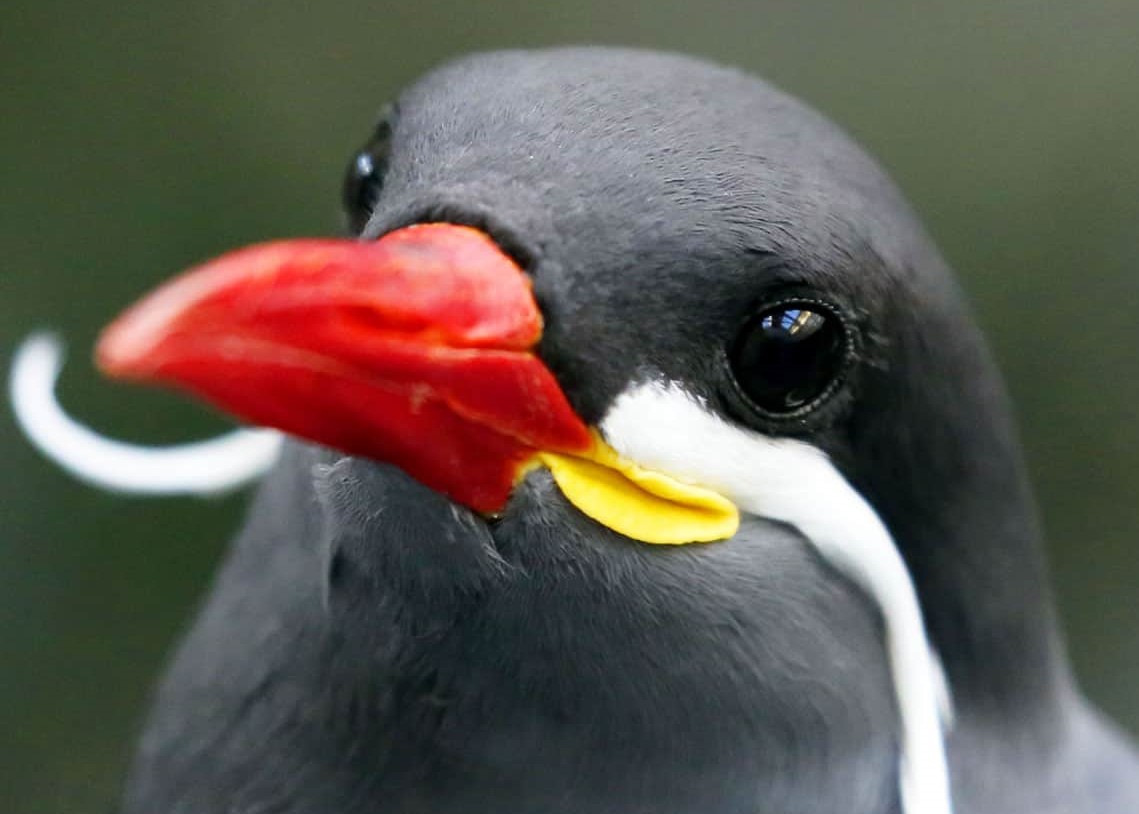Mudlands
Geography, Location & Climate
The Mudlands is not diverse in geography or geology. The entire swamplands is made of thousands of large mud lakes, rivers and seas, while the land surrounding are plateaus and plains. The Mudlands is a very drab place, with very little alteration in colour aside from beige and brown. Plateaus usually range from 10 to 50 feet tall, and the cliffs around are extremely steep, some at a 90° angle.
The Mudlands is very hot, with an average day temperature of 35℃. Nights are much colder, reaching average temperatures of -5 to -10℃. The Mudlands is a transition between a marshland and a swampland, with few woody plants and mostly herbaceous plants, but enough of each to consider the Mudlands as either, or both.
The Mudlands overlaps between a handful of regions, but it's primarily located within the Lowland Region in the Northern Hemisphere.
History
Collect a Sticker!
You trade with a martian pirate, receiving a handful of Mars stickers. Better add one to Your Stickerbook! Click to collect sticker: MarsThroughout its entire history, the Mudlands have never been inhabited. Due to its high levels of danger, both from the environment and from its species, it has never had a single martian permanently inhabit it. In the past thousand years however, several settlements have formed on the outskirts, many of which evolved into large cities with big impacts on martian development and cuture.
In recent years, martian pirates have become an issue in the Mudlands. While they actually live in the Piratelands, a swampland just south of the Mudlands, they have started venturing into the Mudlands and terrorising tourists.
Tourism
Despite this place being very dangerous, the Mudlands is popular for tourists. It is a great place for thrill seekers who want to traverse a place with many dangerous animals such as mud whales. Mudskippers are a special vehicle specifically designed to traverse the Mudlands, as they are made of bronzewood, a wood type that for whatever magical reason floats on mud regardless of the weight put down on it.
Fauna, Flora & Fungi
As an incredibly large environment, it's no surprise that underneath the thick mud is a diverse ecosystem. This swampland is so large it can support cetaceans and many other megafauna. Mud whales are a notorius predatory baleen whale. They can secrete a fluid out of their tails that turns the mud into tar, which they fling at prey around the mud's edge. They will beach themselves in order to catch the prey, but quickly shuffle back into the mud.
Many plant and fungi species also call the Mudlands home. Martian mangroves are a common tree species that grow on the plateaus, rather than in the mud. They grow far from each other so their roots have space to grow, and they produce dull yellow leaves.
Deep Mudflats








I love the art you've done for the header. I can just imagine the air is like breathing through a warm, wet flannel.
Explore Etrea
Thank you so much! I wish you weren't so accurate with the air on Mars xD it wouldn't be very nice for humans